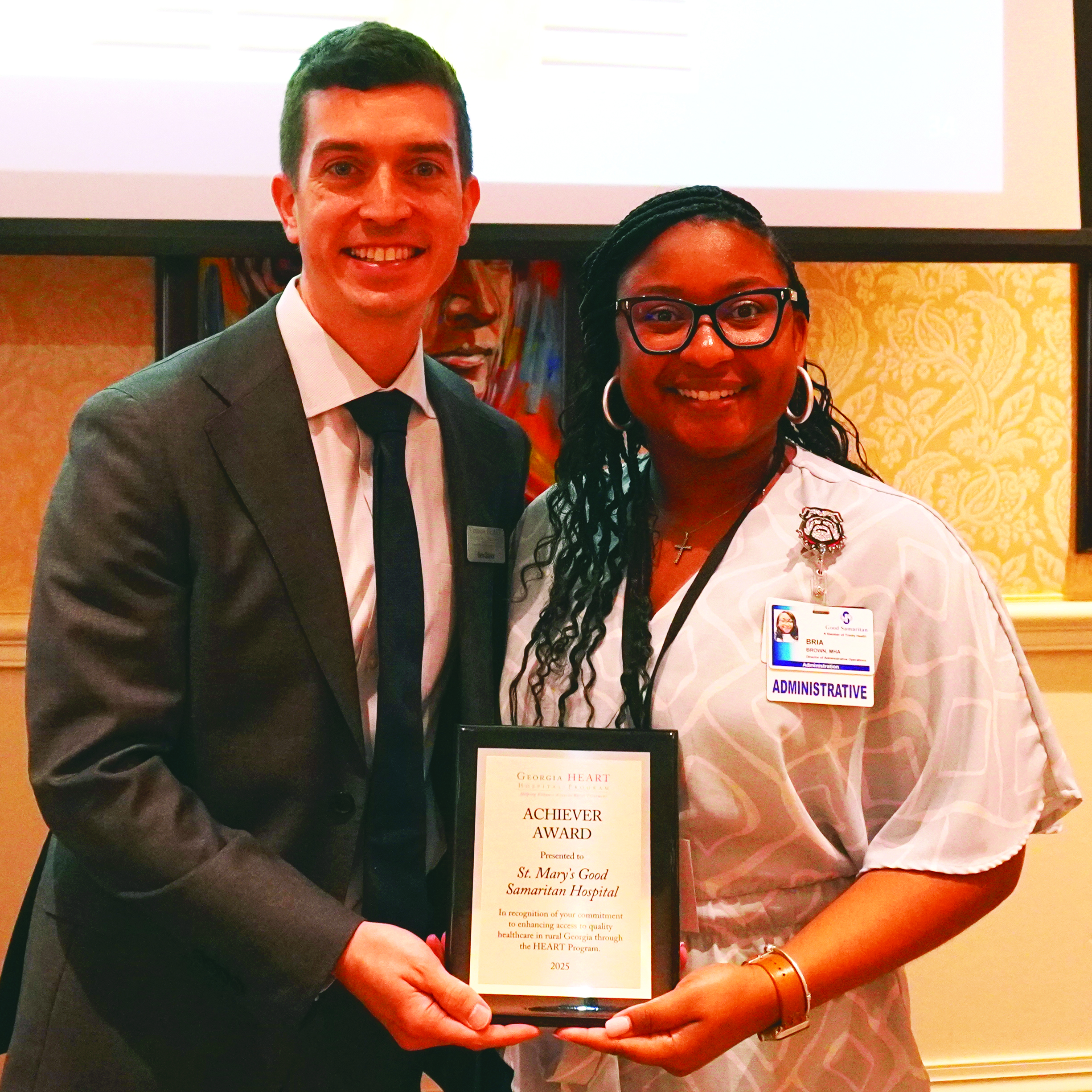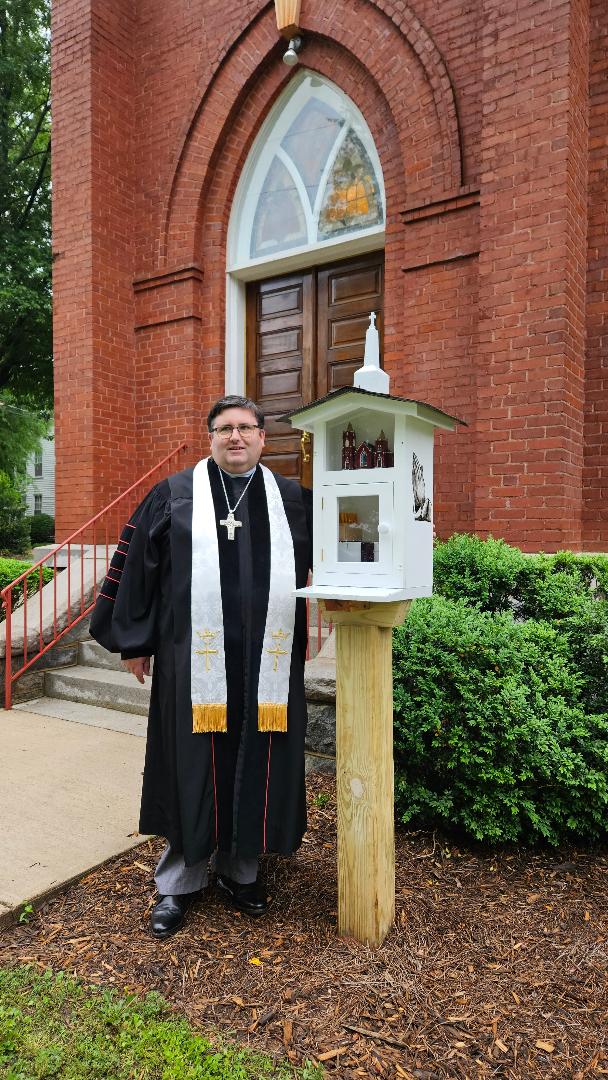‘Mr. Banks’ a sentimental ride
Published 11:06 am Thursday, December 26, 2013
“Saving Mr. Banks”
Rated PG-13 for thematic elements including some unsettling images.
Mary Poppins means an awful lot to me. When she entered my life I was 11 and my childhood was drifting into teenhood. I particularly remembered when I saw it a second time with visiting cousins. I had the strangest bittersweet feeling in the movie theater that night. Maybe I knew that soon, billions of testosterones would build up and I would be expected to hate that kind of ooey-gooey stuff; but for that night, 50 years ago, I was still able to be a child and be enthralled by the magic of Mary Poppins. Last year, I saw the musical stage version of the movie and once again when Mary took off and flew above my heads, well, I was 11 years old and totally under the spell of Mary Poppins again.
Saving Mr. Banks is about how Walt Disney (not Mr. Disney but “Walt”) brought Mary Poppins (always Mary Poppins, never “Mary”) to the screen. It seems behind all that serendipitous wonderment, there was dour sadness. P.L. Travers was a woman of strict opinions and denied selling Walt the rights for more than 20 years. P.L. Travers thought Disney would disrespect Mary Poppins and insisted on controlling the film, particularly disliking animated scenes and the music by the Sherman brothers.
Emma Thompson plays P.L. Travers and, through her formidable talent, makes Tom Hanks (as Walt Disney) fade into the scenery except in one scene when he, as Disney, goes to London to persuade Mrs. Travers (always Mrs. Travers, never “Pam”). In that minute or two, Mr. Hanks expresses most poignantly the gospel of storytelling on film.
The film is a light-hearted tale of the mechanics of turning a beloved book into a film with a human impediment, someone that deserves credit to be sure but had to let go to create Mary Poppins the movie, one of the greatest imperfect films ever made, wherein, in truth, the imperfections made the movie an iconic, a classic, and a masterpiece.
Interspersed throughout the film, we see flashbacks of P.L. Travers’s (actually Helen Goff’s) life. Her annoying peccadillos, her prissy and annoying personality, her demanding and insufferable attitude make sense when we see her past and what made her such an odious but vulnerable creature. She needed the money and that is the only reason she signed the paper, giving Walt Disney final rights. In contrast to the “Disneyfied” ending of “Saving Mr. Banks,” Mrs. Travers never forgave Walt Disney and remained resentful until she died. (Well, there is a hint of that … it is just underplayed.)
I am grateful she signed the papers and that Disney, I mean “Walt,” “had his way” with Mary Poppins. In the film, we see Mrs. Travers at the premier in Hollywood, tearing up as her creation comes alive on screen. Perhaps Mrs. Travers did just that, but others claimed she wept over what she considered a travesty. Perhaps, the mythical P.L. Travers that cried in “Saving Mr. Banks” was an adult recalling being 11; a childhood that had many happy moments but also hidden, dark corners of deep sadness. Maybe her tears are really ours, remembering simultaneously the sweet and bitter times, the complex ingredients that make us … us, never completely surrendering childhood wonder and innocence, just keeping it buried deep, hidden from others, even from ourselves at times, slipping out in a dark theater when film touches both those mythical and real memories made by us to ease our transition into adulthood.
It would be easy to dismiss “Saving Mr. Banks” as “pap.” That would be the best way to prevent being considered a sucker for sentimentality. But we (and our past) play a major role in every film we see. While watching “Saving Mr. Banks,” I am 11 and have yet to become tainted by paranoia about what people may think of me joyfully believing that penguins can dance and nannies can fly and tearing up over some song about an old woman who feeds birds on the steps of a cathedral.
“Saving Mr. Banks” is a movie about a movie. It will mean nothing to people who do not cherish the film. If it did mean something special, then it will be special, something intimate and personal.
There were two people watching “Saving Mr. Banks” the night we were there. Five decades ago, two 11-year-old children, one in Kirkwood, Mo., “The Other” in Athens, Ga. were in movie theaters watching the film, Mary Poppins. Five decades later they were together in the very same theater “The Other” saw Mary Poppins the first time. While watching “Saving Mr. Banks,” they could not help recalling their respective memories of their Mary Poppins. In “Saving Mr. Banks,” they were separate yet together with memories divided, yet shared. Like P.L. Travers in the movie, they could not experience “it” without having their emotional chords plucked, resurrecting childhood memories long forgotten even denied, finding themselves transformed back into their children before the callus of adulthood covered up such silly thoughts.
In that way, “Saving Mr. Banks” was magical.
“Saving Mr. Banks” earns four very personal bow ties out of five.





